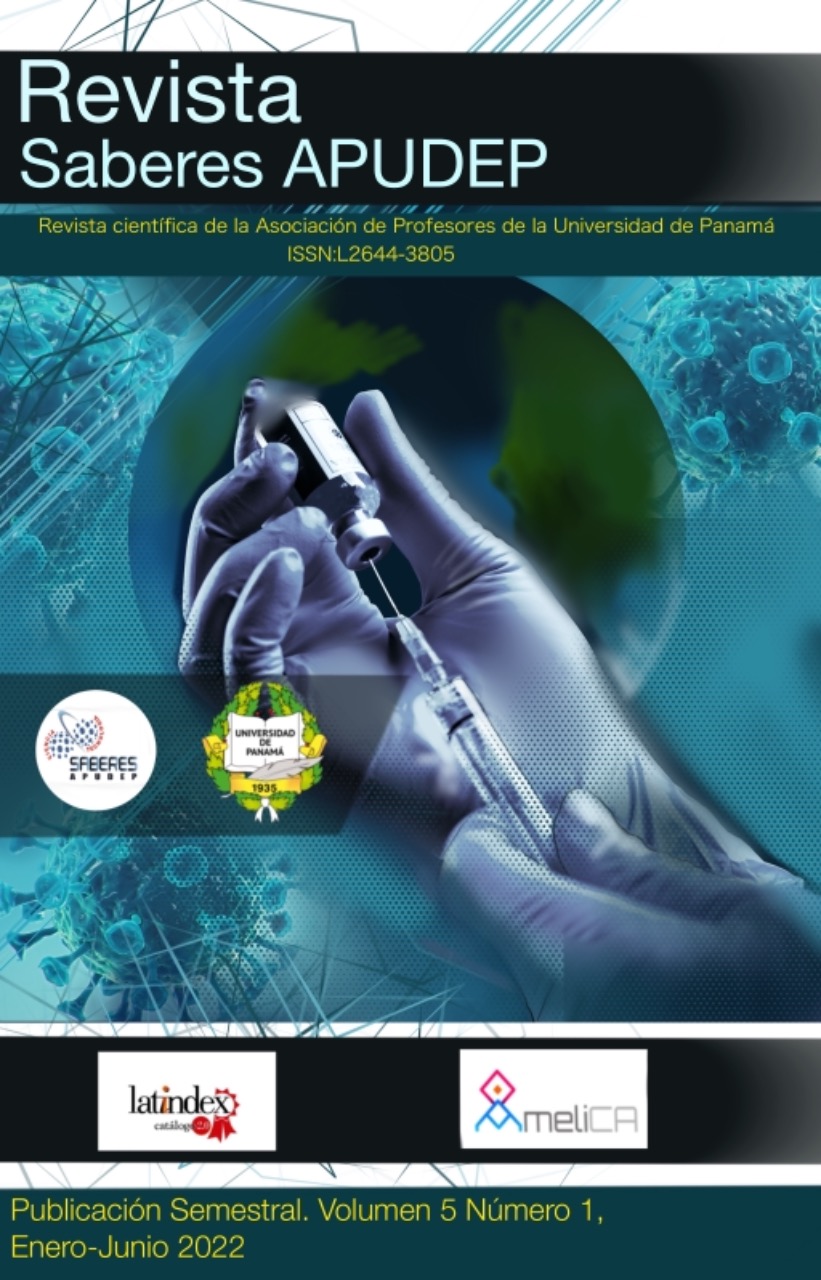

The Panamanian post-World War II reality, the attempts by the United States to prolong its military presence at the defense sites granted in the Fábrega-Wilson convention, highlighting the participation of the Panamanian popular movement that gave effect to the rejection of the Philos-Hines agreement. The political reality and the oligarchical contradictions and the rol of National Police, turned into the arbiter of them. The events following Domingo Díaz’s rise and death; the role of subsequent governments in the development of anti-communist policy, a macartist period, promoted by the United States.
In Panama, the rise to the presidency of Colonel Remón was the fundamental instrument for persecution; a reflux of the Panamanian popular movement occurs that will achieve a subsequent upsurge after the physical disappearance of José Remón Cantera.
The glorious pages written in the sovereignty operation, the May 58 feast, the 1959 flag planting, the Cerro Tute armed uprising, the march of hunger and despair, the banana plantation workers strike in Chiriquí and Bocas del Toro and, finally, the anti-Cuban policy promoted by the United States and directed to the oligarchical sectors from Roberto Chiari’s government, will find obstacles in the popular movement.